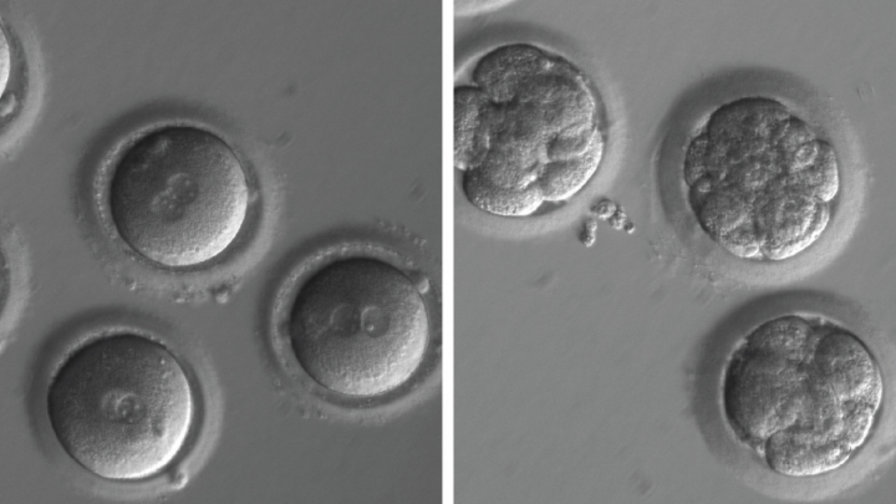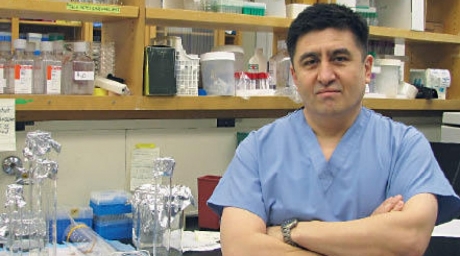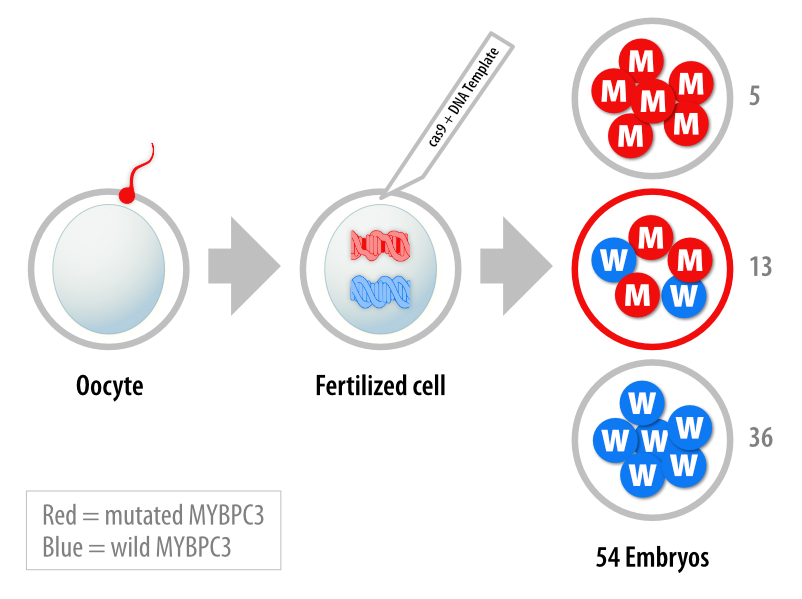
American researchers have announced the successfully repair of a human embryo’s genes. As reported in the journal Nature, they used CRISPR-cas9. On one hand, their success represents an exciting breakthrough and on the other, it’s a stark reminder of all we don’t yet understand about human genetics.
That’s because the repair of the gene occurred in a way that researchers didn’t anticipate.The gene they repaired is MYBPC3. A mutation in it causes hypertrophic cardiomyopathy (HCM). With HCM, which is estimated to occur in 700,000 to 725,000 U.S. citizens — 1 in 500’s heart muscle becomes thickened. Many people lead normal lives with it, with or without treatment. HCM isn’t restricted to any particular group or gender, either, but the disease is especially worrisome in young people, where its first symptom can be sudden death — in fact, it’s the most common cause of death in young athletes.
Word of the repair first appeared in i News, followed a week later by the peer-reviewed study in Nature. An international team authored the study, with scientists from Oregon, California, China, and South Korea. They were led by senior author Shoukhrat Mitalipov, director of the Center for Embryonic Cell and Gene Therapy at Oregon Health and Science University (OHSU).
Mitalipov previously made a name for himself by introducing the first cloned stem cells from monkeys, the first “three-parent” monkeys, and making embryonic cells from human skin cells.

Shoukhrat Mitalipov (UYGHUR HUMAN RIGHTS PROJECT)
The new study involved embryos created with eggs from 12 healthy females injected with sperm from a male with the MYBPC3 mutation.
The team tried twice, using a cas9 enzyme targeting the mutation they sought to snip out. The cas9 enzyme was accompanied by a synthetic DNA template modeled after a normal MYBPC3 gene, but chemically tagged so it could be identified by researchers later.CRISPR After Fertilization
In the first experiments, the scientists fertilized 54 eggs with the sperm, and then injected the cas9 enzyme and template post-fertilization.

In 36 of the embryos (66.7%), the mutation was repaired. Of the remaining 18 (33.3%), 5 embryos were simply not repaired. The other 13 were more troubling: They contained a “mosaic” of repaired and unrepaired genes that may represent a potential time bomb for subsequent generations, one of the reasons many are encouraging caution when modifying embryos. Bioethicist L. Syd M Johnson tells Big Think, “It’s one thing to use experimental gene therapies in patients, where the modifications will be isolated to that individual. It’s something else entirely to make genomic changes that could potentially be passed on to future generations, which is what happens when you alter an embryo.”
If you carry the MYBPC3 mutation, there’s a 50% chance your children will develop HCM. It only takes one parent having the mutation for offspring to acquire the condition.
CRISPR During Fertilization — and a Surprise
In the second round, the scientists injected the sperm, cas9,…
The post Embryonic Human DNA Has Just Been Successfully Repaired in the U.S. appeared first on FeedBox.